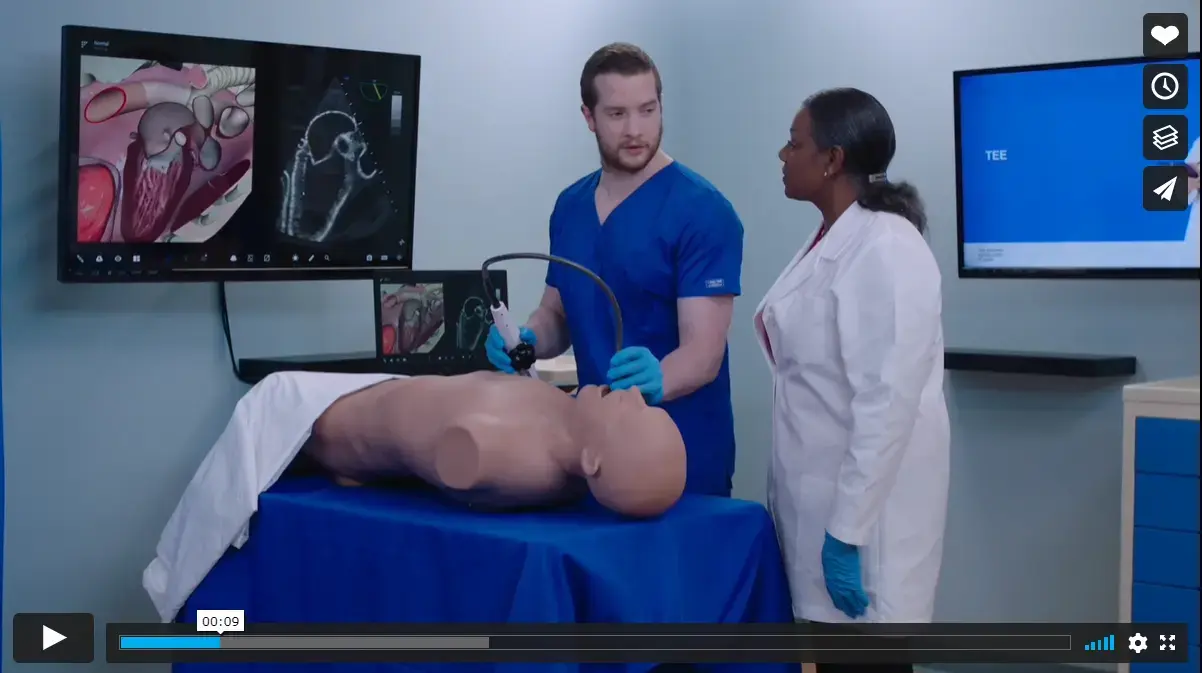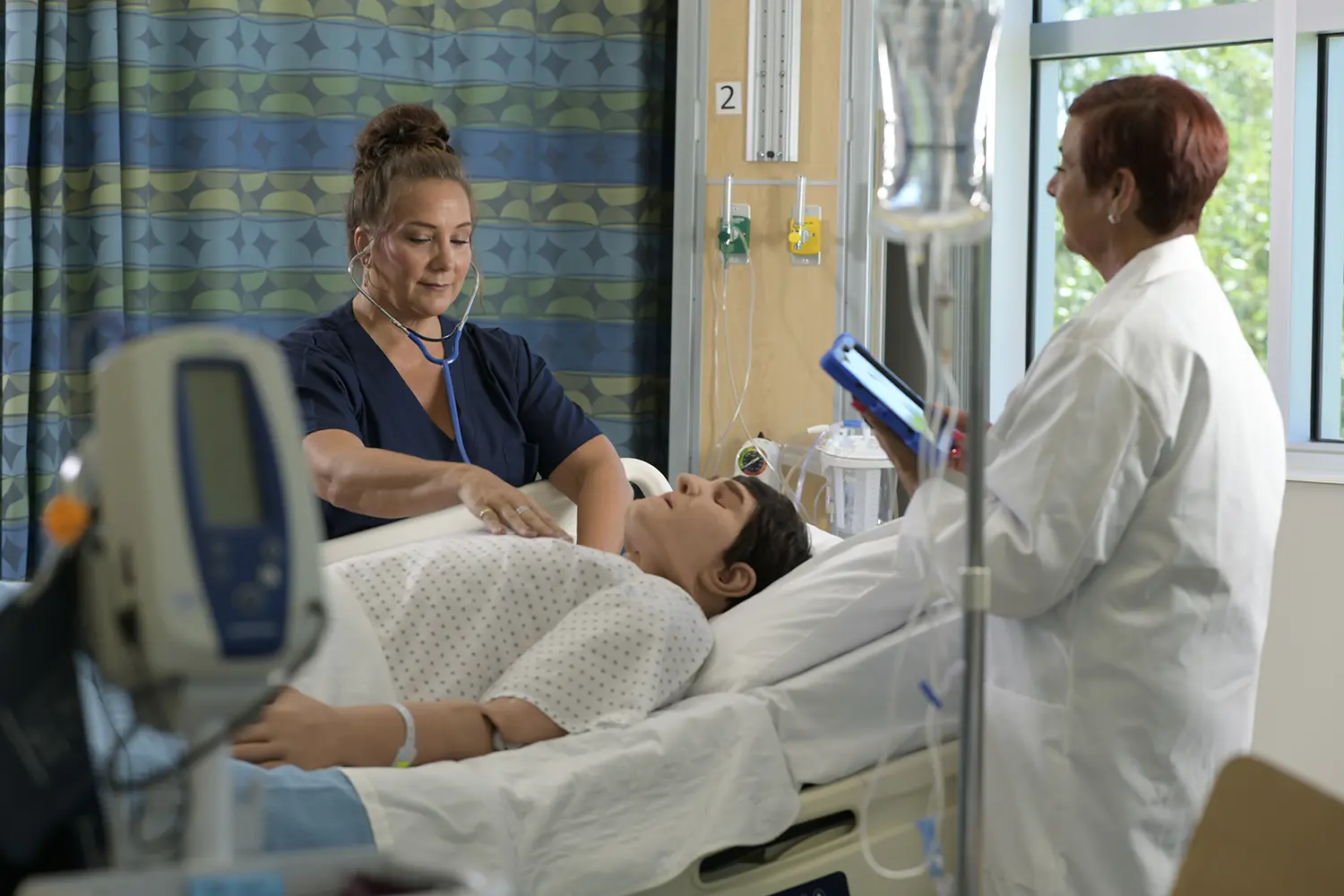News
CAE in the News
See what we–and our customers–are doing to advance patient safety through simulation
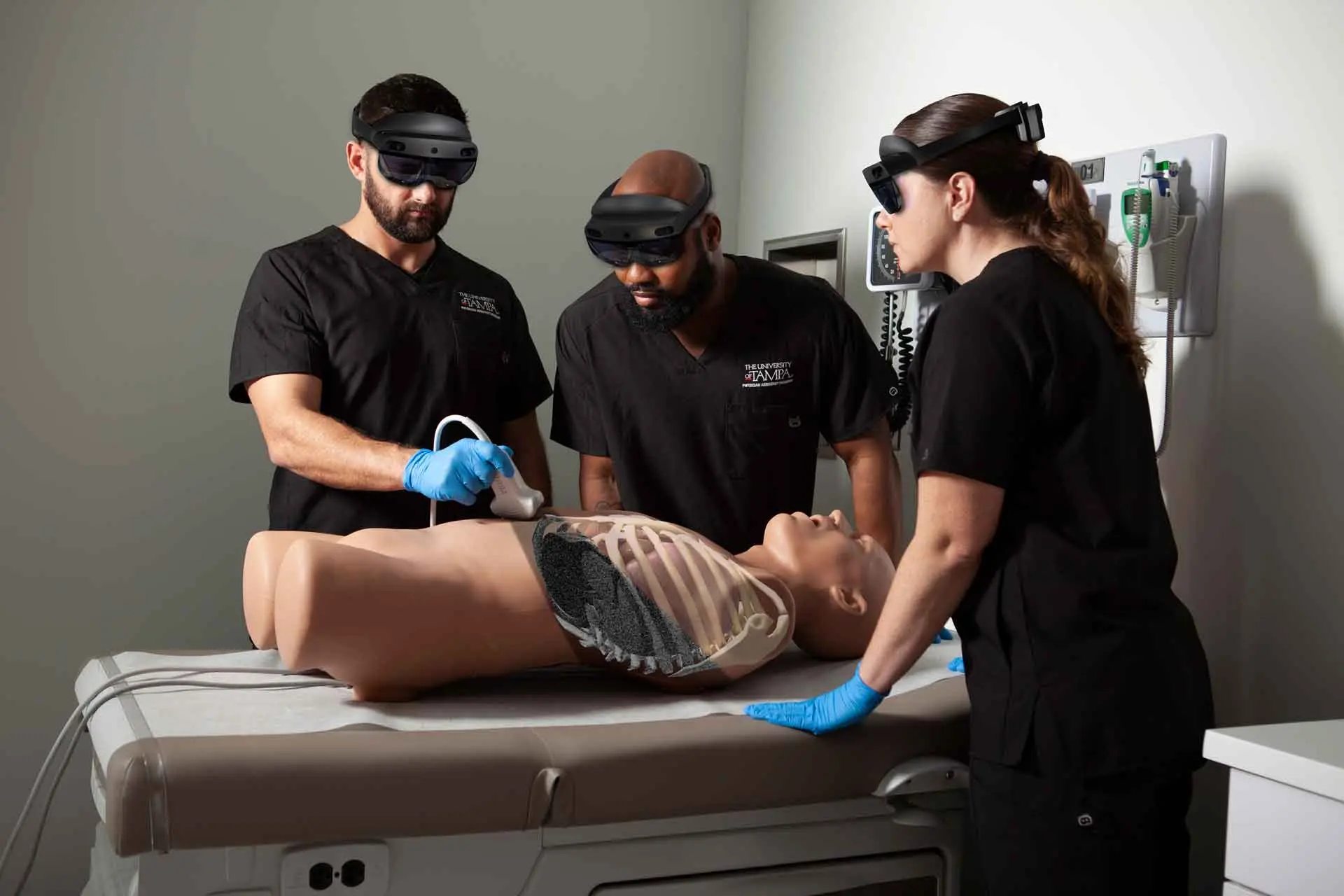

Filter
Articles
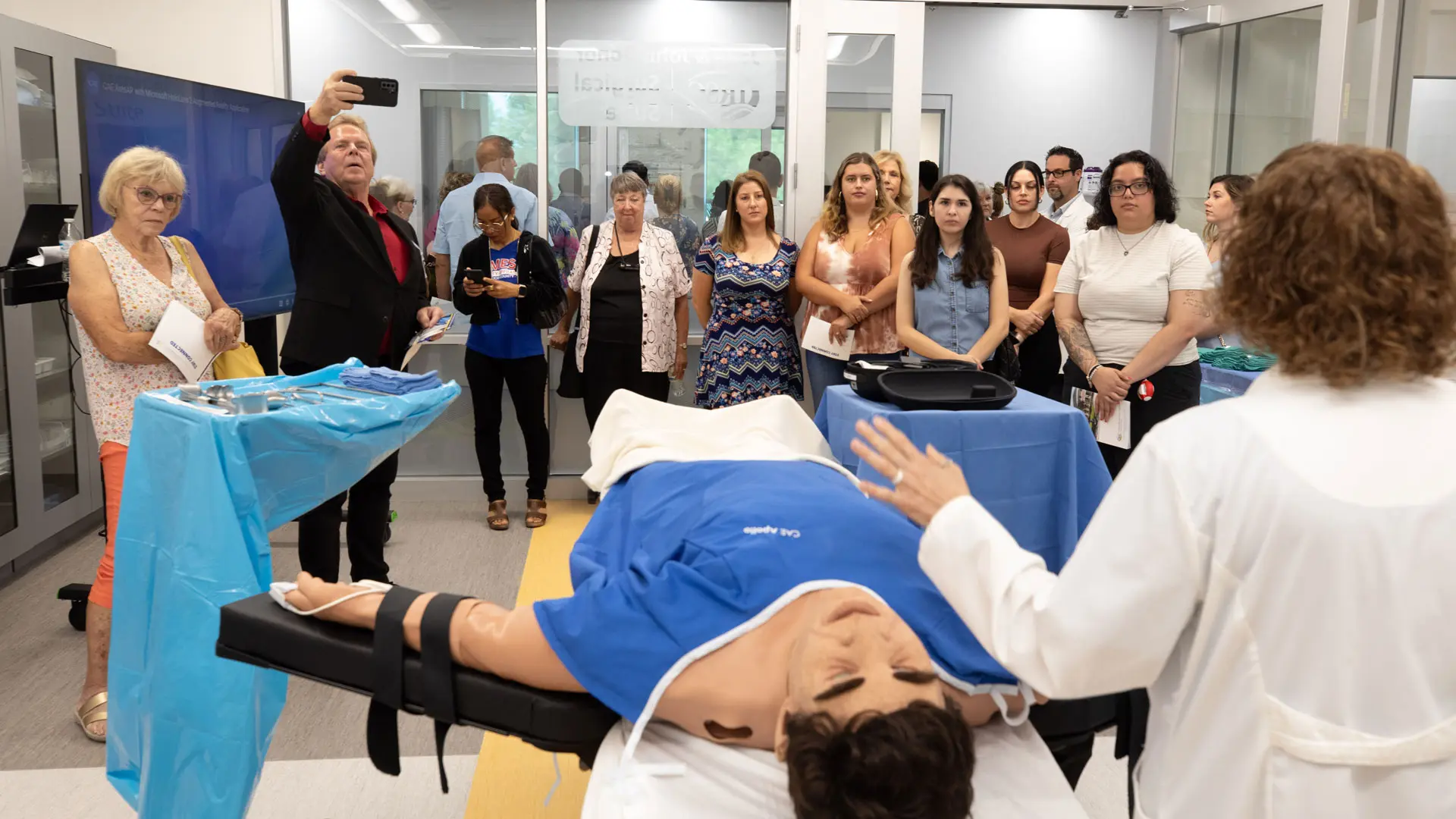
Grand Opening of IRSC School of Nursing Transforms Healthcare Education ‘For Generations to Come’
Article source: Indian River State College
Date published: Aug 18, 2023
Date published: Aug 18, 2023
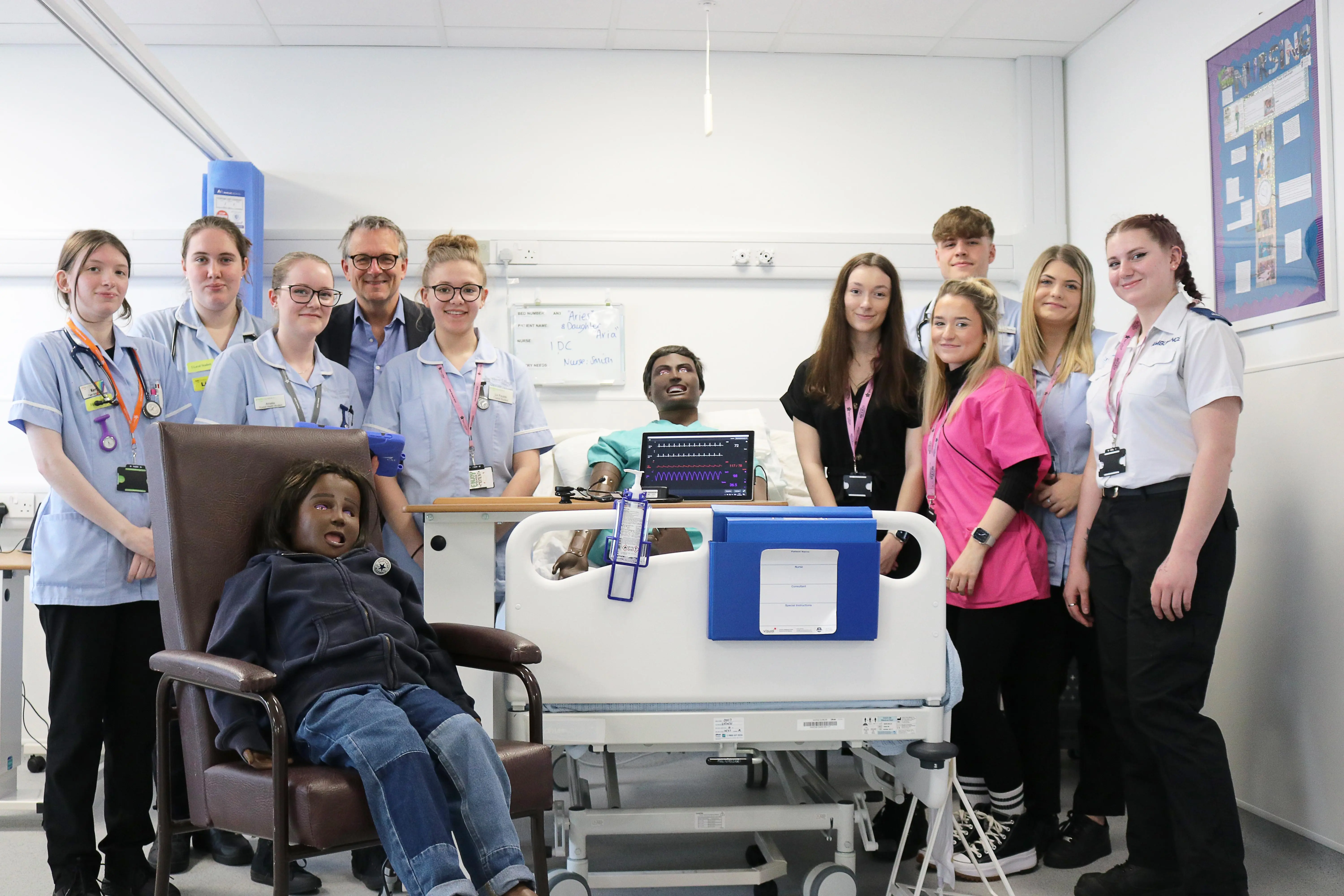
New immersive technologies are revolutionising healthcare education in Swindon and Wiltshire
Article source: New College Swindon (SWITCH)
Date published: Aug 04, 2023
Date published: Aug 04, 2023
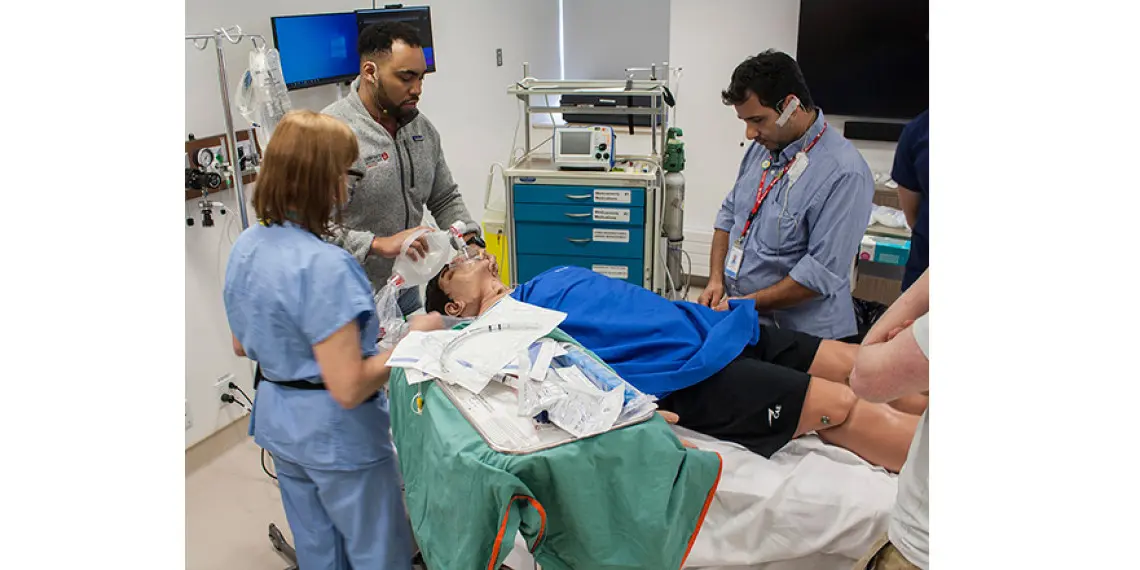
New simulation centre helps prepare Emergency staff for difficult real-life cases
Article source: JGH News - The magazine of the Jewish General Hospital
Date published: Jul 28, 2023
Date published: Jul 28, 2023
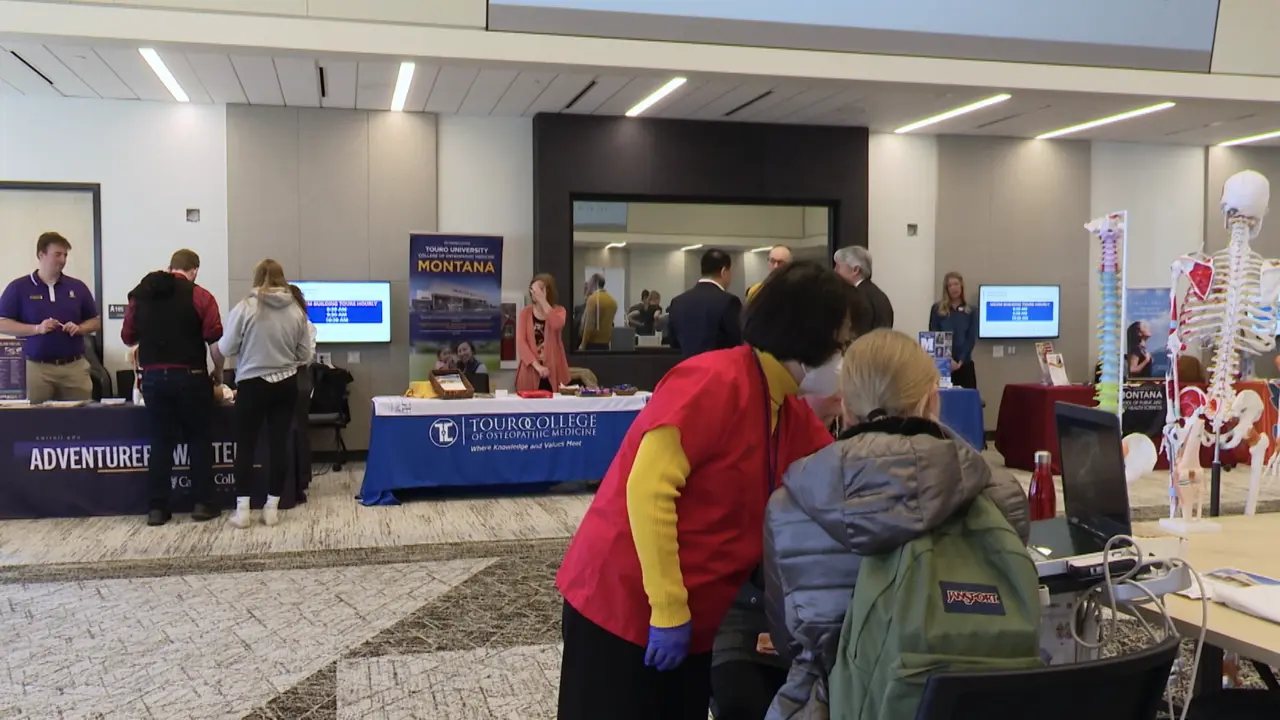
Montana employers trying to engage high schoolers into healthcare to fill shortage
Article source: Rocky Vista University (RVU)
Date published: Apr 25, 2023
Date published: Apr 25, 2023
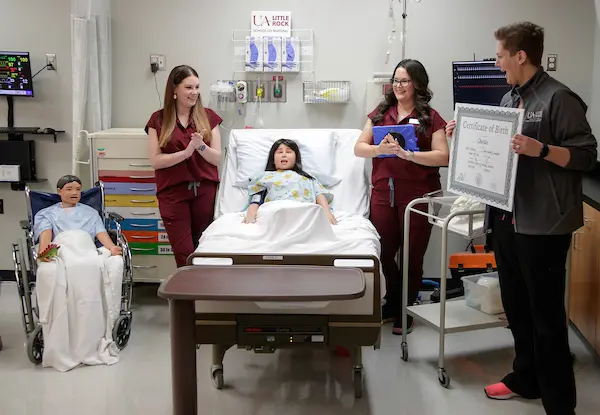
Meet UA at Little Rock’s latest addition, Charlie a.k.a. CAE Aria
Article source: University of Arkansas at Little Rock (UALR)
Date published: Mar 16, 2023
Date published: Mar 16, 2023
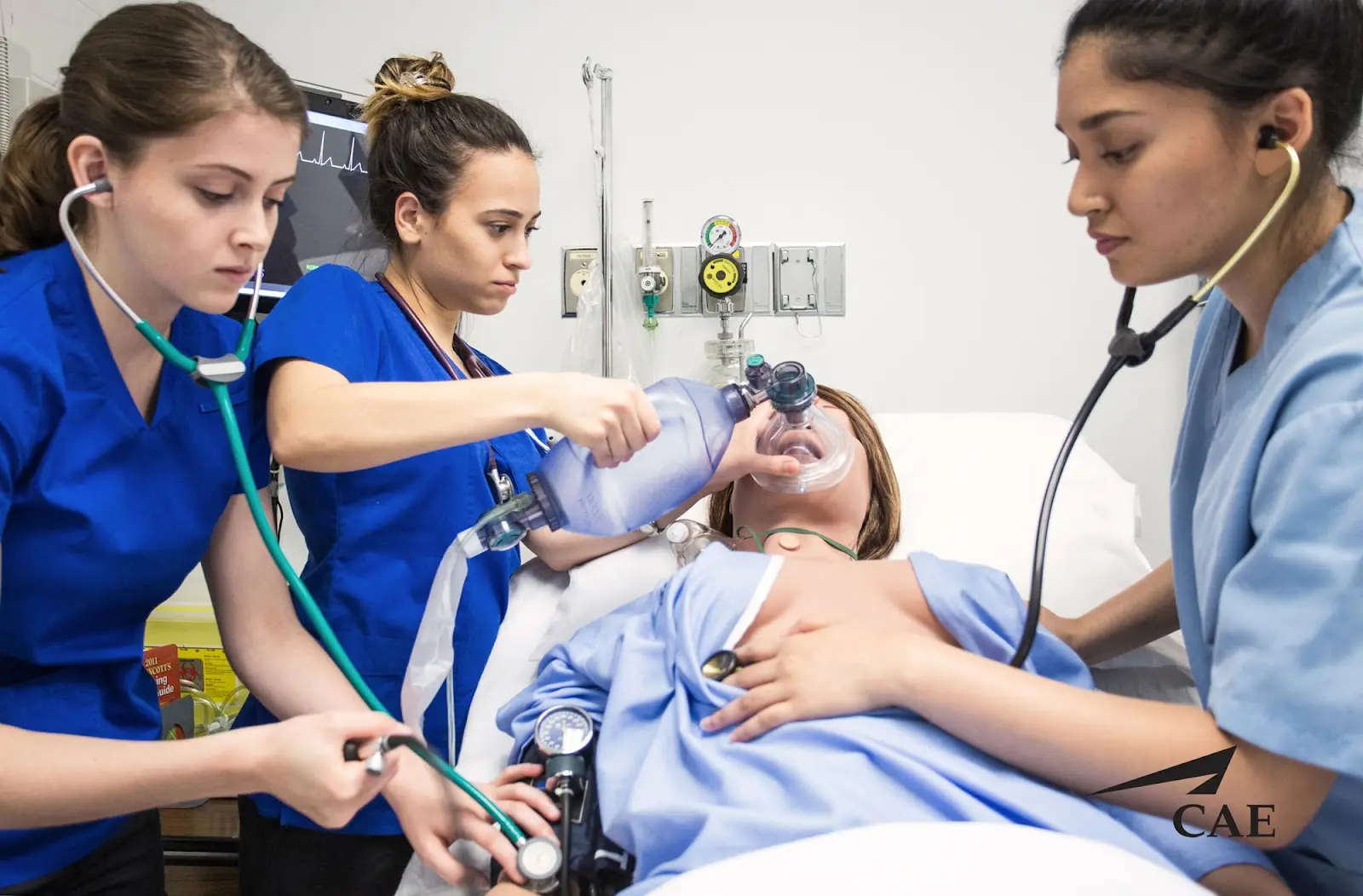
New practical nursing patient simulators at Sprott Shaw College
Article source: Sprott Shaw College
Date published: Mar 03, 2023
Date published: Mar 03, 2023
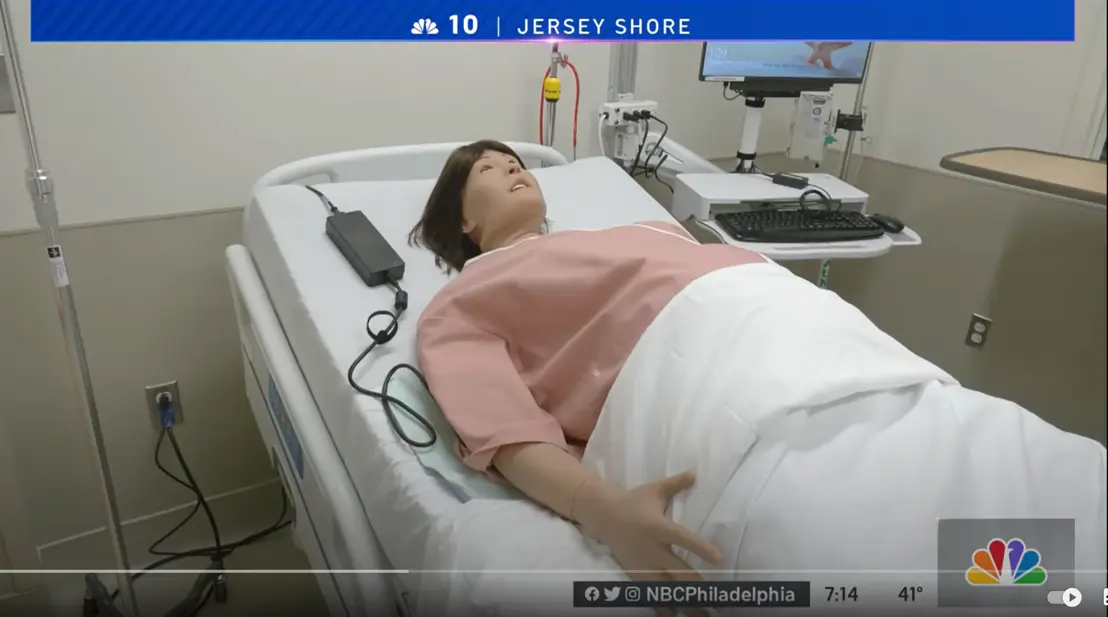
AtlantiCare unveils new Medical Arts Pavilion with state-of-the-art Simulation Center
Article source: AtlantiCare
Date published: Feb 09, 2023
Date published: Feb 09, 2023
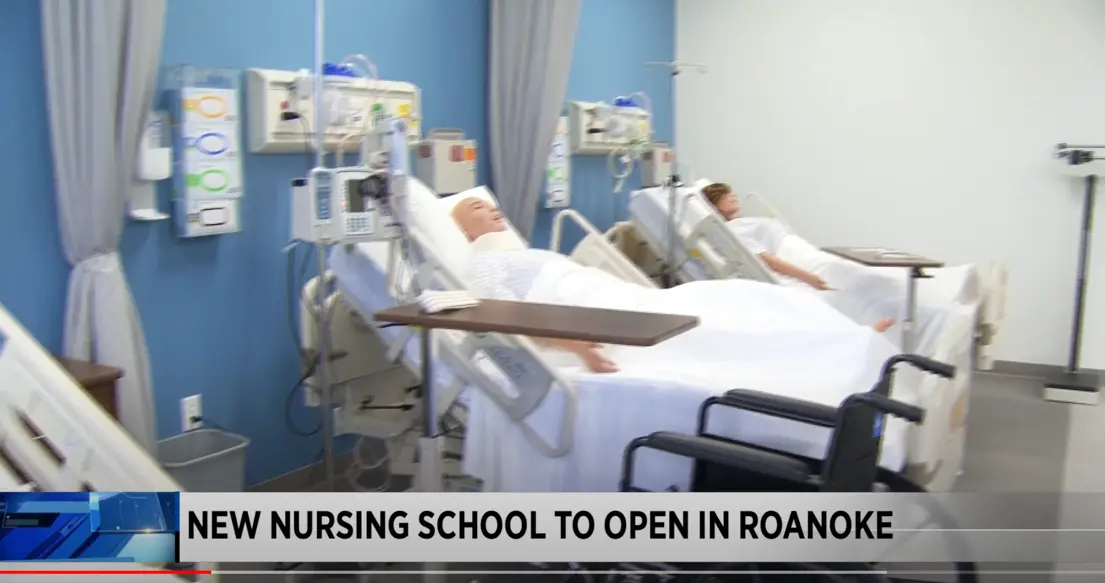
Galen College of Nursing open Roanoke campus with CAE nursing simulators
Article source: Galen College of Nursing at Roanoke
Date published: Feb 09, 2023
Date published: Feb 09, 2023
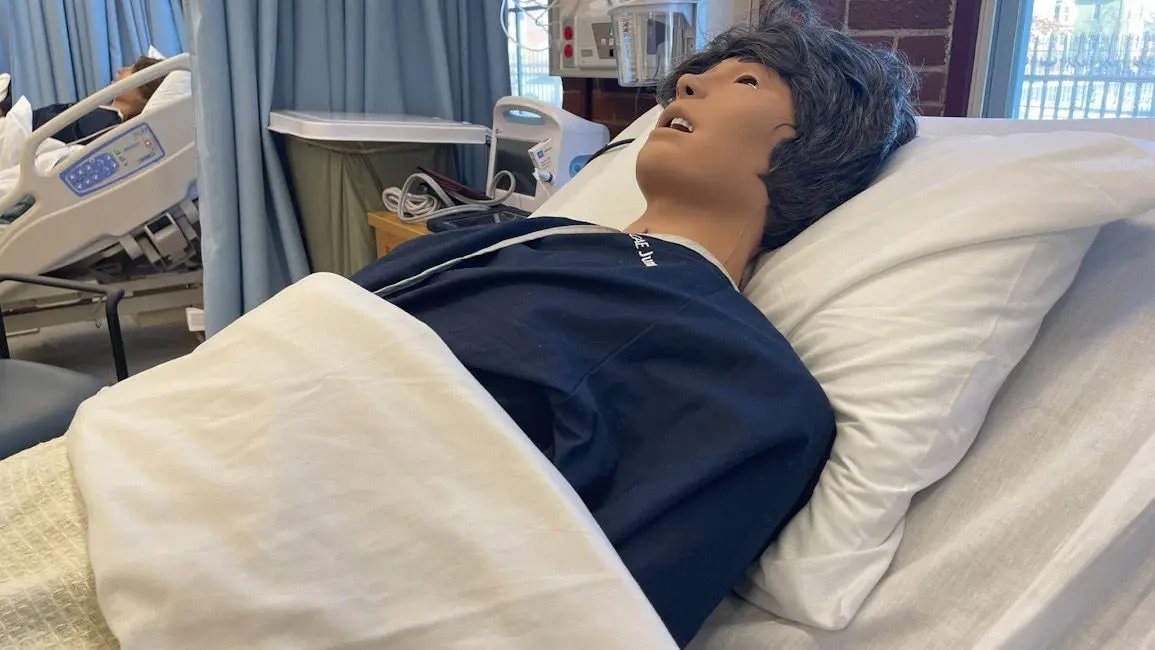
STCC′s simulation center grand opening
Article source: Springfield Technical Community College (STCC)
Date published: Dec 14, 2022
Date published: Dec 14, 2022
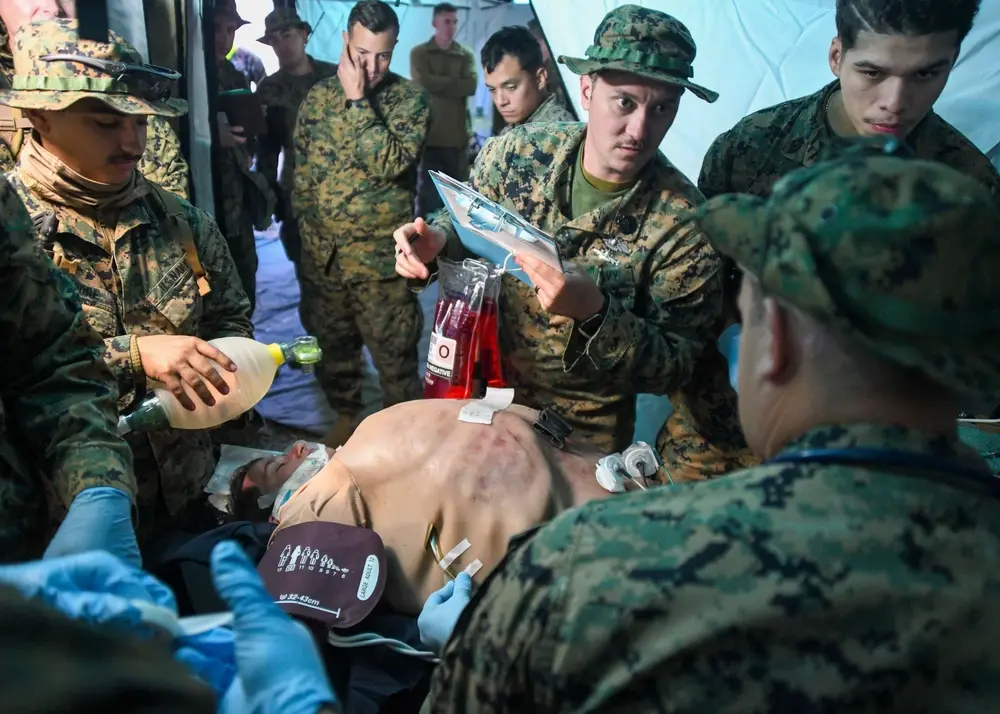
‘Train as you fight’- Surgical suit brings realistic training to military operations
Article source: Naval Medical Center Camp Lejeune
Date published: Dec 08, 2022
Date published: Dec 08, 2022
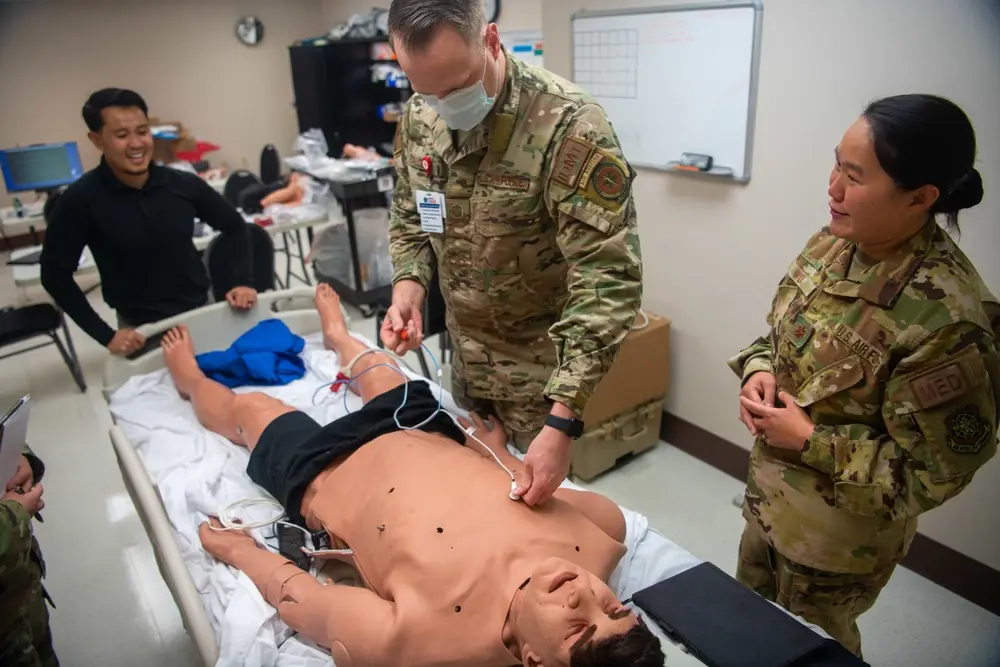
New simulation lab comes to 22nd Medical Group featuring CAE Apollo
Article source: McConnell Air Force Base
Date published: Dec 05, 2022
Date published: Dec 05, 2022
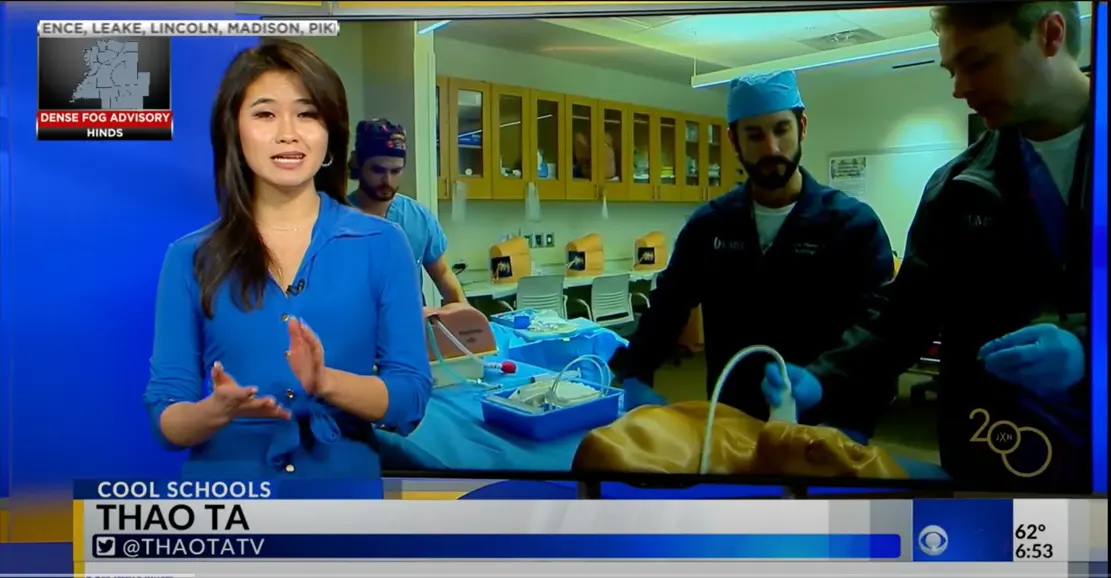
Students receive hands-on experience at UMMC’s simulation lab
Article source: University of Mississippi Medical Center (UMMC)
Date published: Nov 09, 2022
Date published: Nov 09, 2022
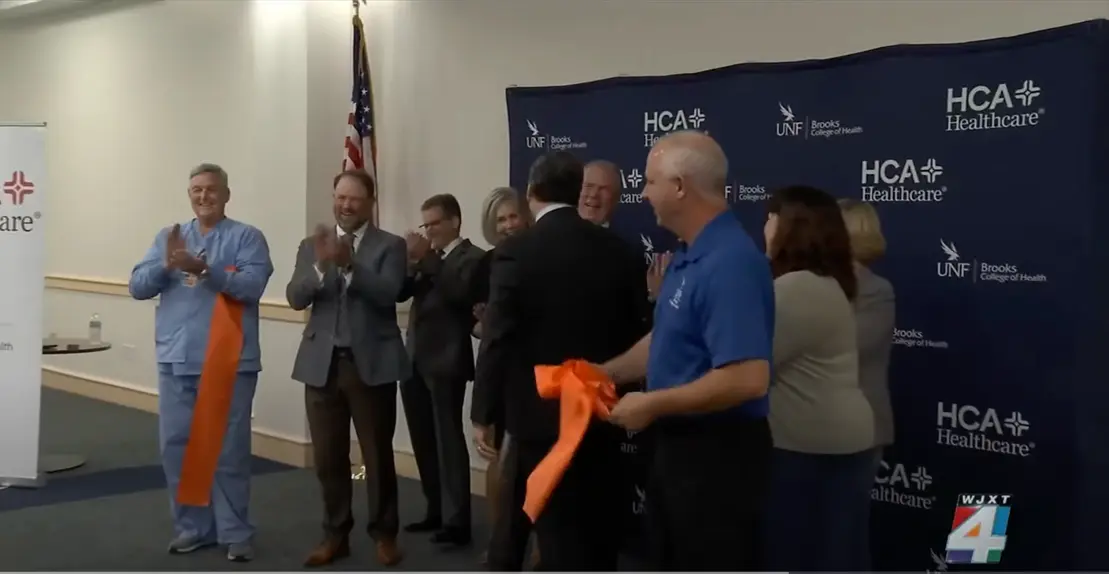
Simulation center grand opening at UNF’s Brooks College of Health
Article source: University of North Florida’s Brooks College of Health (UNF)
Date published: Nov 08, 2022
Date published: Nov 08, 2022
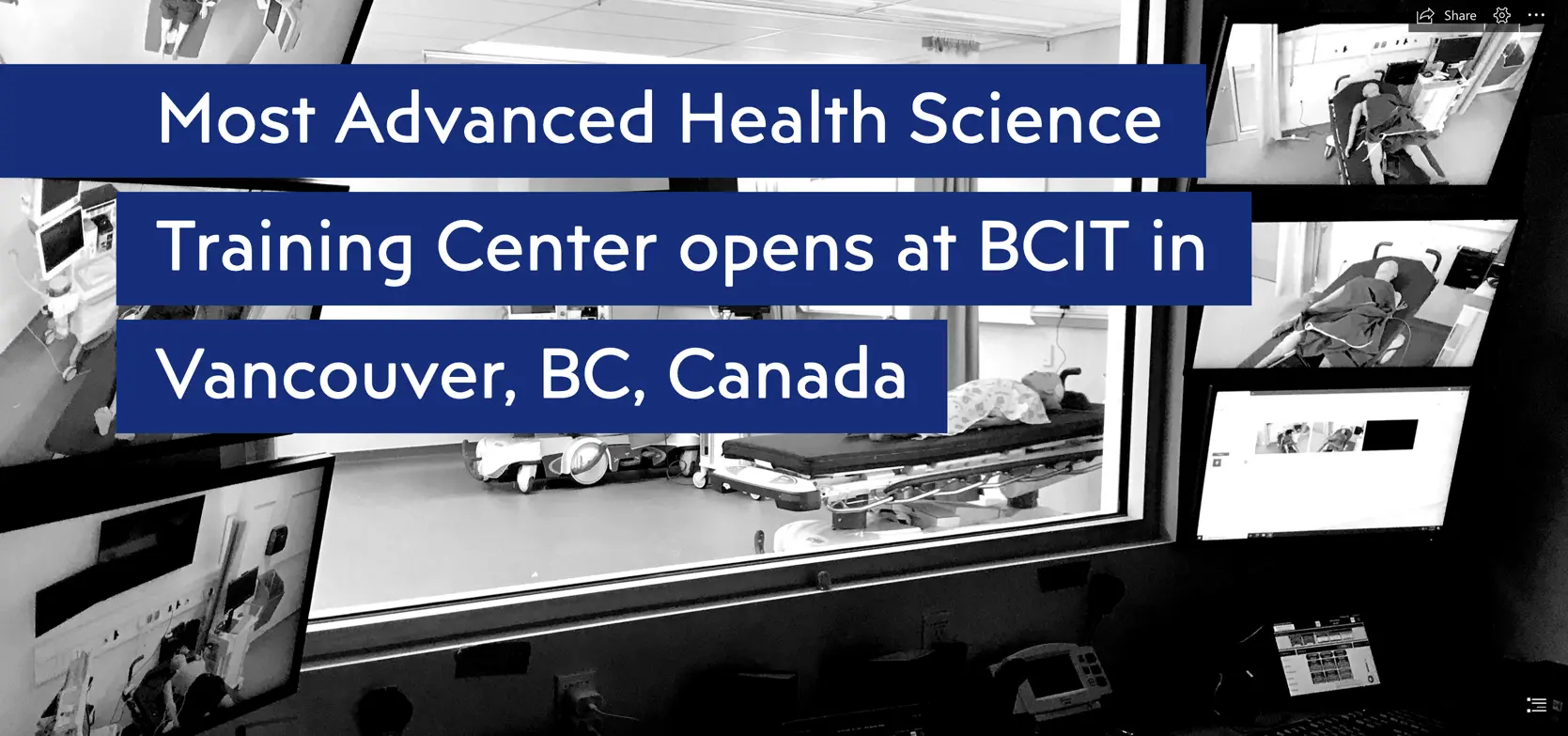
CAE Healthcare’s turnkey solutions projects for BCIT Burnaby
Article source: BCIT Burnaby School of Health Sciences Center
Date published: Sep 22, 2022
Date published: Sep 22, 2022
